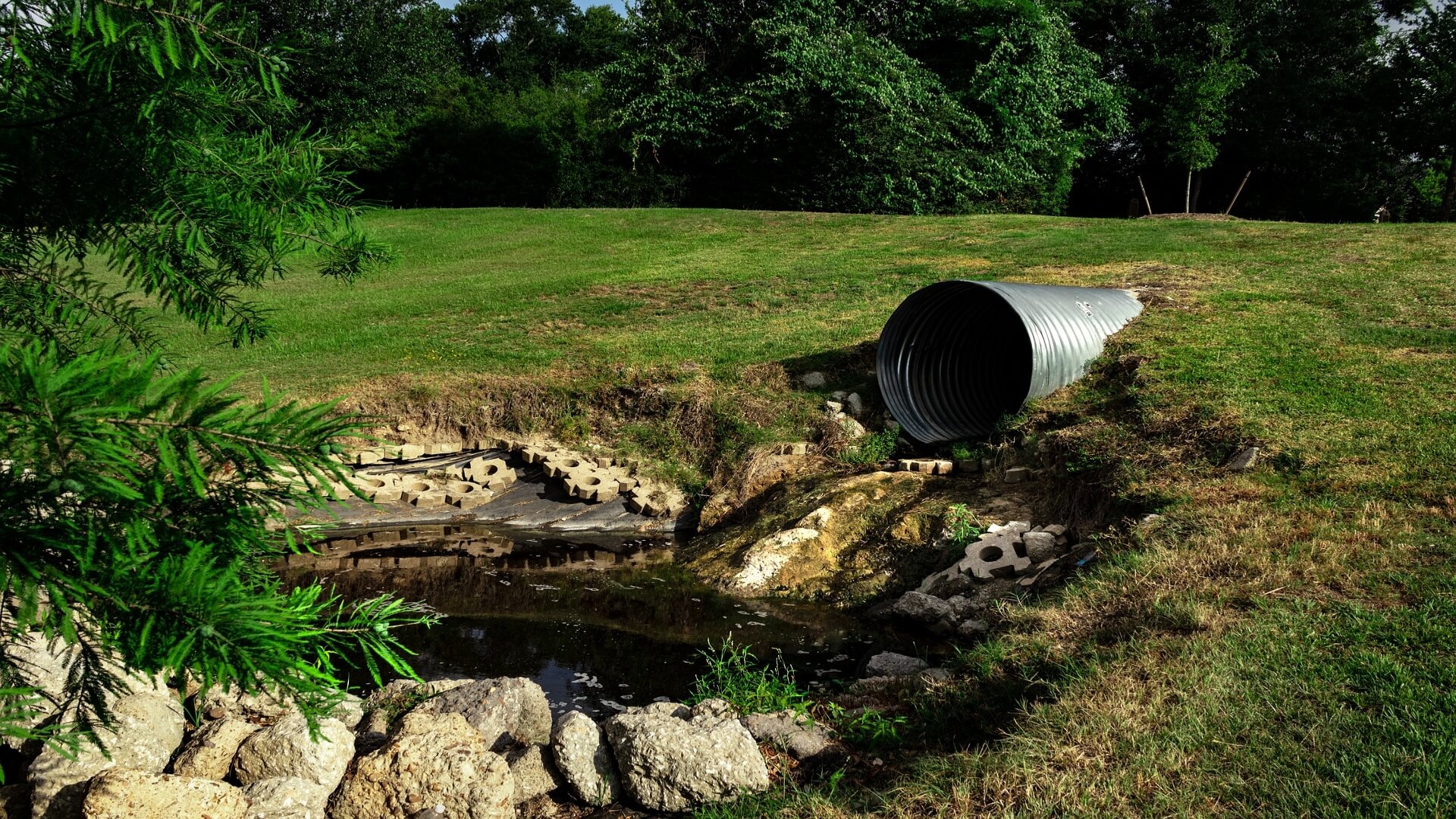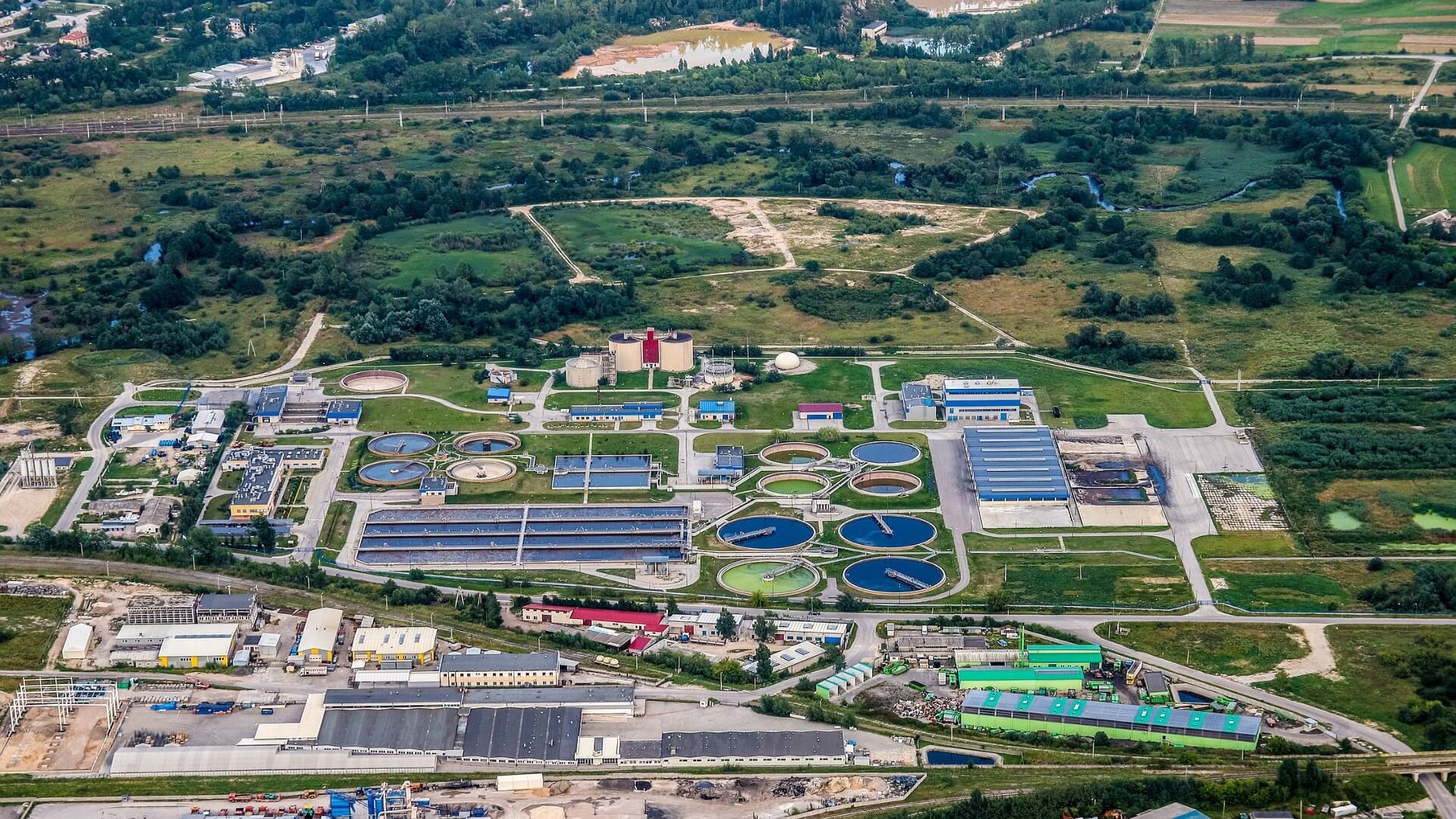We all know that water is a precious resource, yet many people take it for granted. They don’t think that every time they flush the toilet or run the dishwasher, gallons of clean water go right down the drain. And they certainly don’t think that people in some parts of the world are going without safe drinking water because of wastewater problems.
But what can we do about it? We can start by being more mindful of our water usage and finding ways to conserve water around the house. Here are six possible solutions to wastewater problems around the house.
1. Invest in a Septic Tank Pump Out
Septic tanks are a necessary evil for many homeowners – they may not be pretty to look at or smell great, but they are essential to managing wastewater from your home. However, one significant advantage of a septic tank pump out is that you can help reduce the amount of wastewater in your home. That means less water is wasted and fewer pollutants are released into our environment.
If you have a septic tank at home, consider using regular pump-outs to keep it working correctly. Pumping out your septic tank regularly will help keep it functioning efficiently and prevent overflows of wastewater and seepage into your yard. So if you’re looking for a way to make a big impact on the environment, consider investing in regular septic tank pump-out services.
How often you need to have your septic tank pumped out depends on the size of the tank, how many people live in your house, and how much water you use. A good rule of thumb is to get it pumped every 2-3 years, but it’s best to check with a local septic company to get a more precise estimate.
2. Install Low-Flow Toilets and Faucets
It’s no secret that we all need to do our part to conserve water. Every little bit helps, and when it comes to saving water in the home, there are a lot of small things we can do to make a big difference. One of the easiest ways to save water is by installing low-flow toilets and faucets.
Low-flow toilets use less than half the amount of water as traditional toilets, and they work just as well. Many people find they work better than traditional toilets because they don’t require as much flushing power. Low-flow faucets use about one-third the amount of water as regular faucets so they can add up to big savings over time.
Installing low-flow toilets and faucets is an easy way to conserve water and help protect our environment. If every household installed just one low-flow toilet, it would save more than 2 billion gallons of water daily. So if you’re looking for an easy way to make a difference for the planet, installing low-flow fixtures is a great place to start.
3. Take Advantage of Natural Wastewater Treatment Methods
The average person in the United States uses about 80 gallons of water daily. A third is used for flushing toilets, and another is used for showers, baths, and washing dishes and clothes. That means the average person generates about 26 gallons of wastewater every day. For a family of four, that’s over 100 gallons per day. And that doesn’t even include the water used to irrigate lawns and gardens or wash cars.
That wastewater needs to go somewhere, and until recently, most people just flushed it down the drain and let the municipal treatment plant take care of it. But with municipalities struggling to keep up with increasing demand and stricter environmental regulations, more homeowners are looking for ways to treat their wastewater at home.
4. Use Graywater for Watering Your Garden
Water shortages are becoming increasingly common, even in areas with plenty of water. This is due to several factors, including climate change, growing populations, and drought. One way to combat this problem is by using greywater for watering your garden. Graywater is wastewater that has been used once already in the home- for example, wastewater from baths, showers, or washing machines.
There are several benefits to using greywater for watering your garden. First, it’s a free resource- you don’t have to pay anything to get or store it. Second, Graywater is a renewable resource- as long as we keep taking showers and doing laundry, there will be plenty of greywater available. Third, using greywater helps conserve water resources- every gallon of greywater you use instead of potable water saves between 500 and 1000 gallons annually. Finally, using greywater can help reduce your carbon footprint by reducing the energy needed to pump and treat freshwater supplies.
5. Recycle Rainwater Runoff from Rooftops
In addition to using greywater for your garden, you can recycle rainwater runoff from rooftops. This has several benefits, including reducing the amount of rainwater in storm drains or sewers, which often end up causing flooding and other problems.
Collecting and recycling rooftop runoff is pretty simple- all you need is a rain barrel or tank that can hold the water, a hose to connect it to your garden, and some way of diverting the runoff from your roof. You can either build your system or buy one pre-made, and many different styles are available to suit every budget and garden size.
So if you want to conserve water and help reduce the impact of climate change, consider recycling rainwater runoff from your roof. Not only will you be doing something good for the environment, but you’ll also be helping your garden thrive in the process.
6. Educate Yourself on Local and State Regulations Regarding Wastewater Treatment
To treat your wastewater at home, you must be aware of the local and state regulations regarding wastewater treatment and disposal. Some areas have specific rules about how wastewater must be treated before it is released into the environment, so it’s crucial to understand what those rules are for your area to avoid fines or other penalties.
In general, many localities require that you connect your wastewater treatment system to the municipal sewer lines. Other areas have specific requirements regarding the size and capacity of the treatment system, so it’s essential to do your research ahead of time and make sure you can install a system that meets all regulatory guidelines.
If we want to be good stewards of the environment, we must all take steps to reduce our water usage around the house and help treat wastewater more sustainably. By following these tips, you can help ensure that we all have access to a safe and plentiful supply of clean water.


































